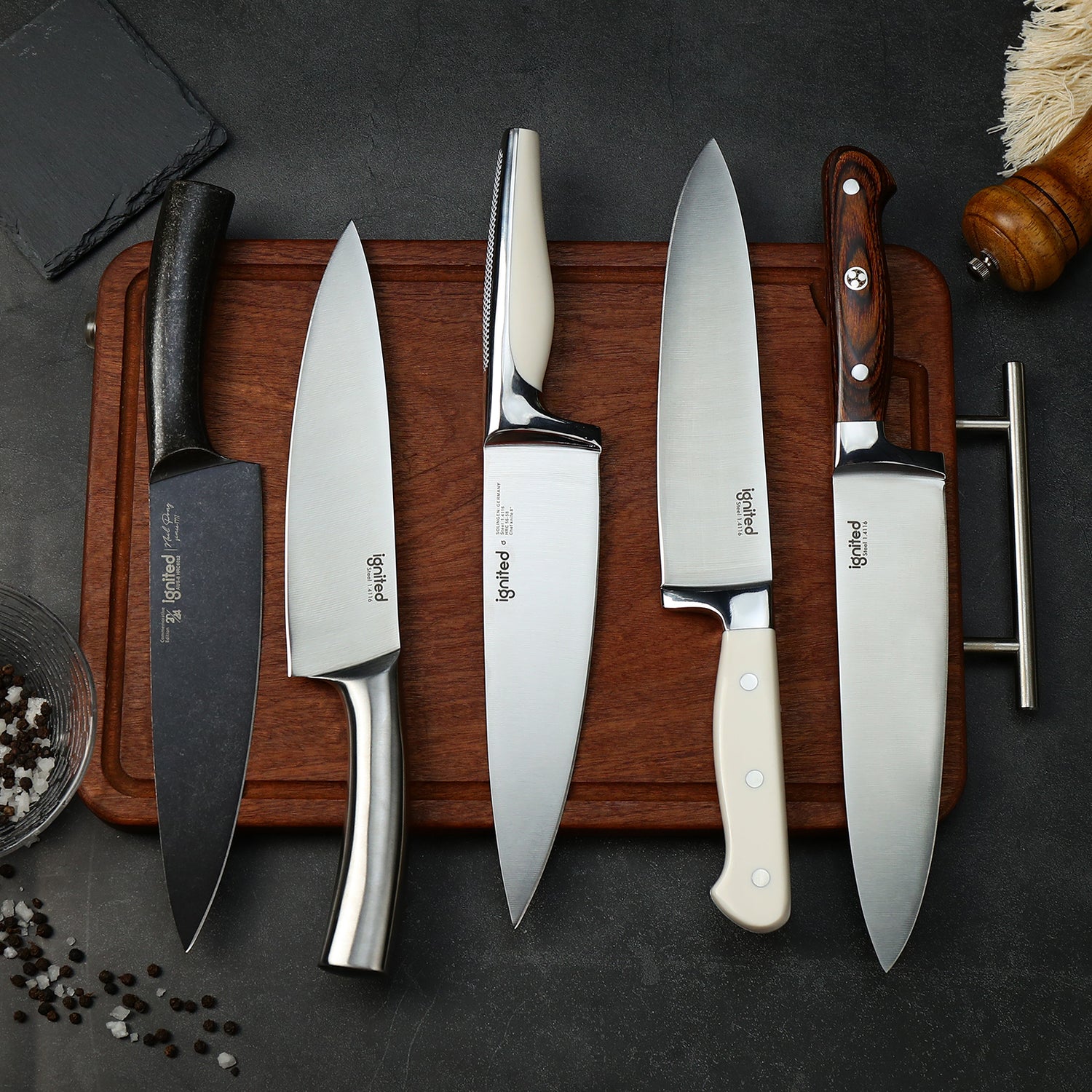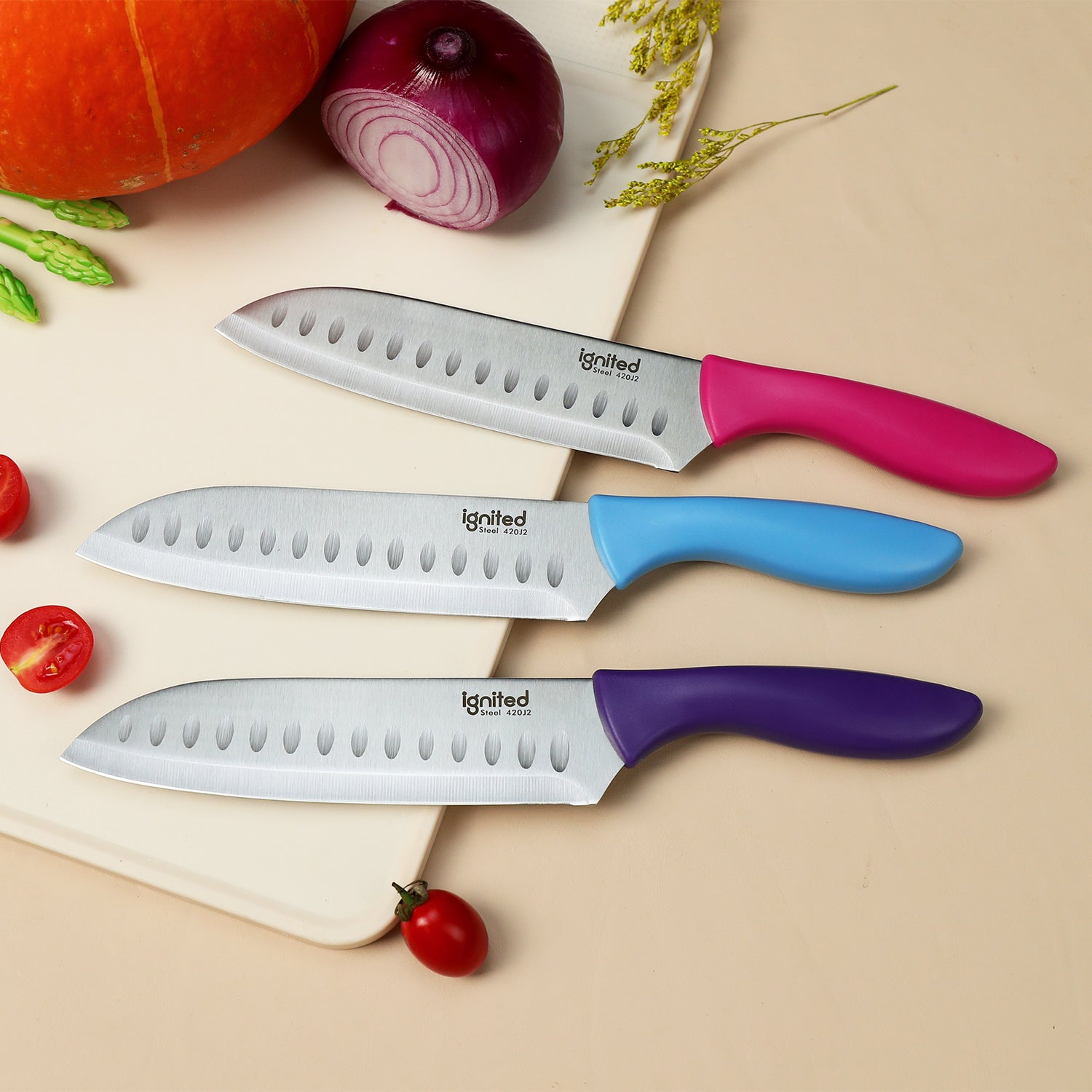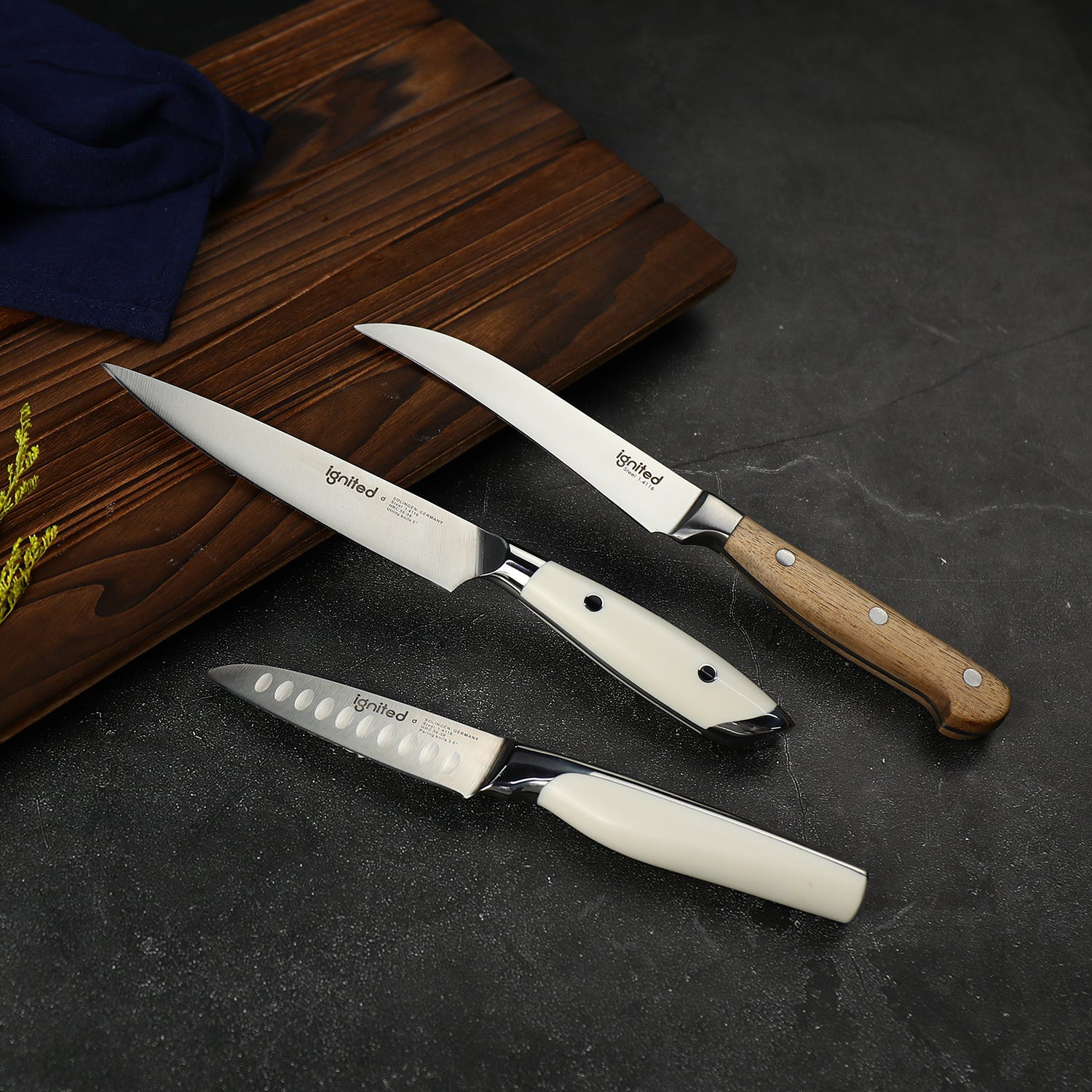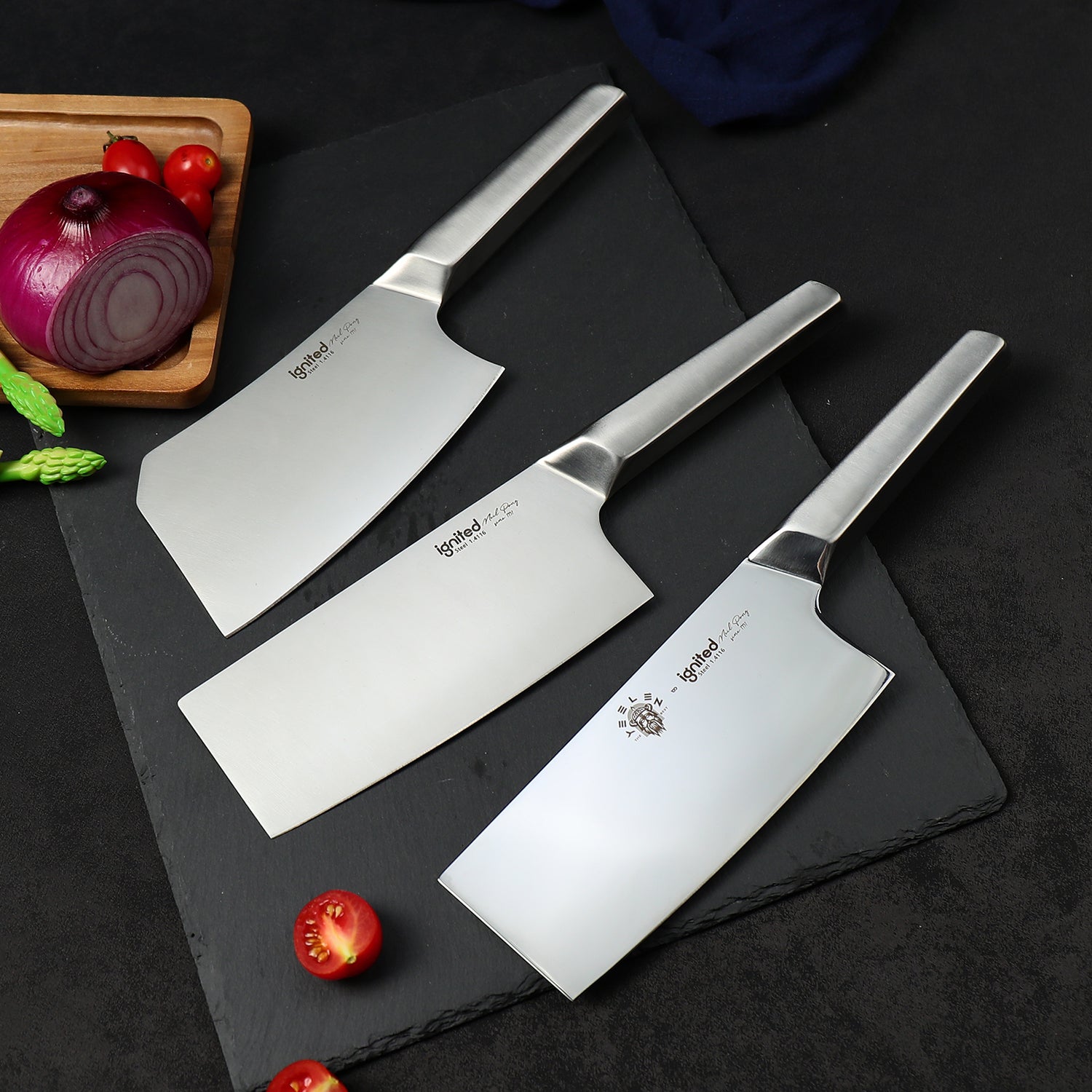A dull or broken knife doesn’t have to be a danger—or a waste. Whether your blade has reached the end of its life or you're upgrading your kitchen tools, knowing how to dispose of old cooking knives properly is essential for both safety and sustainability. At Ignited Cutlery, we believe in using every tool to its fullest—and retiring it the right way when its time comes.
Table of Contents
- Why Knife Disposal Matters
- How to Prepare a Knife for Disposal
- Top 5 Knife Disposal Methods
- Step-by-Step Disposal Guide
- Eco-Friendly & Creative Alternatives
- Common Mistakes to Avoid
- Storing Old Knives Safely
- FAQ: Old Knife Disposal
Why Knife Disposal Matters
Improper disposal of old knives can be dangerous and even illegal in some areas. Tossing a bare blade into the trash can injure waste handlers, pets, or others. Beyond safety, choosing the right disposal method helps minimize waste and protect the environment.
How to Prepare a Knife for Disposal
Before disposing of any knife, safety comes first:
- Wrap the blade using thick cardboard, several layers of newspaper, or a cut-resistant cloth.
- Secure with strong tape such as duct tape or packing tape.
- Place the wrapped knife in a durable box or envelope.
- Label the package clearly with a warning like “Caution: Sharp Blade”.
Top 5 Knife Disposal Methods
1. Household Waste (As a Last Resort)
Only use this if the knife is beyond repair, reuse, or recycling. Ensure it's wrapped and boxed for safety before placing in the trash.
2. Metal Recycling
Most kitchen knives are made of recyclable metals. However, they cannot go in curbside bins. Contact a local scrap metal or recycling facility to confirm acceptance and drop-off guidelines.
3. Donation
If the knife is still functional, donate it to local food banks, shelters, secondhand stores, or community kitchens. Always clean and wrap knives beforehand.
4. Repurposing or Upcycling
Creative reuse options include turning the knife into a garden tool, wall art, workshop blade, or scraper. Repurposing reduces waste and gives your tool new life.
5. Selling or Gifting
If the knife is still in good shape, sell it online or give it to someone who needs it. This extends the knife’s lifespan and reduces landfill contributions.
Step-by-Step Disposal Guide
- Inspect: Evaluate whether the knife is still usable or at the end of its life.
- Clean: Wash and dry it thoroughly, especially for donation or recycling.
- Wrap: Use thick material to wrap the blade securely.
- Tape: Ensure the wrap is sealed tightly with tape.
- Box & Label: Place it in a sturdy container and clearly mark it.
- Dispose: Choose the appropriate method—recycling, donation, upcycling, or waste.
Eco-Friendly & Creative Alternatives
- Garden markers: Paint and label the blade to identify plants.
- Paint scraper: Repurpose as a utility tool.
- Art projects: Use for mixed-media creations or rustic kitchen decor.
- Sharpening practice: Use old knives to learn sharpening techniques.
Common Mistakes to Avoid
- Never dispose of knives without wrapping and labeling.
- Do not place knives in curbside recycling bins.
- Avoid donating dirty, dull, or rusty knives.
- Do not store old knives loosely before disposal.
How to Store Old Knives Safely
- Keep wrapped knives in a sealed box or plastic container.
- Store them away from children and pets.
- If storing long term, keep them dry to prevent rust before donation or recycling.
FAQ: Old Knife Disposal
1. Can I throw old knives in the trash?
Only as a last resort and only if the blade is properly wrapped and boxed. Unwrapped knives are a serious safety hazard.
2. Are kitchen knives recyclable?
Yes. Most are made of recyclable metal. Take them directly to a local scrap metal or recycling facility.
3. Can I donate old knives?
Yes, if the knives are in good condition and clean. Contact local organizations first to confirm their policies.
4. What should I do with broken or rusty knives?
If beyond repair, follow the same wrapping and disposal process and take them to a metal recycling facility, or dispose in waste only as a last resort.
5. Can I sell or gift my old knives?
Yes. Quality knives in good shape can be sold or given away. Be sure to clean and package them safely.
Conclusion
Disposing of old kitchen knives isn't just about getting rid of clutter—it's about protecting people and the planet. By taking a few simple steps, you can ensure your knives are handled with care, reused when possible, and recycled when appropriate. At Ignited Cutlery, we believe every tool deserves a thoughtful beginning and a responsible end.




